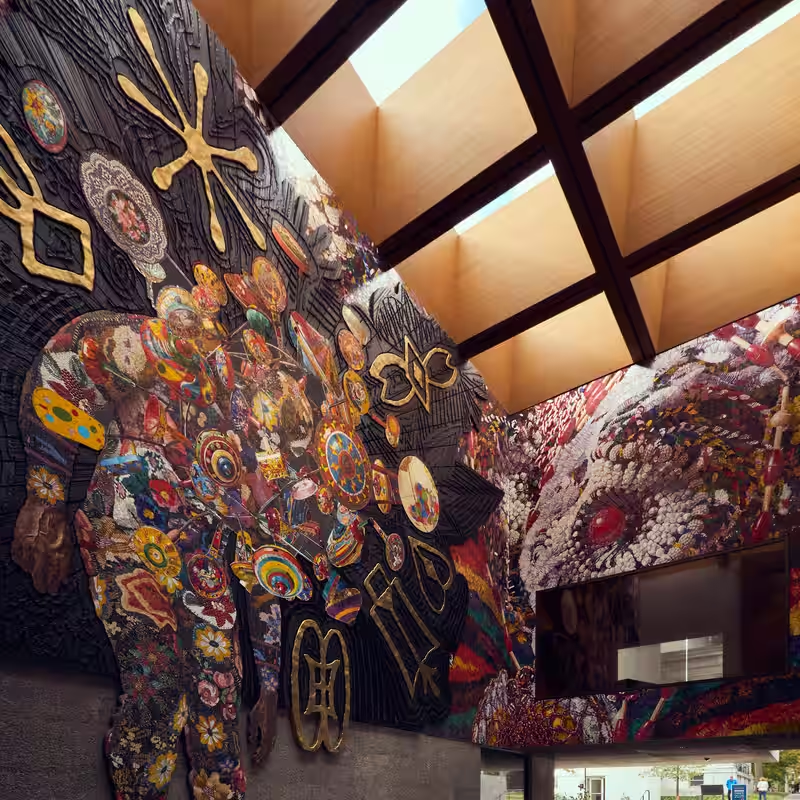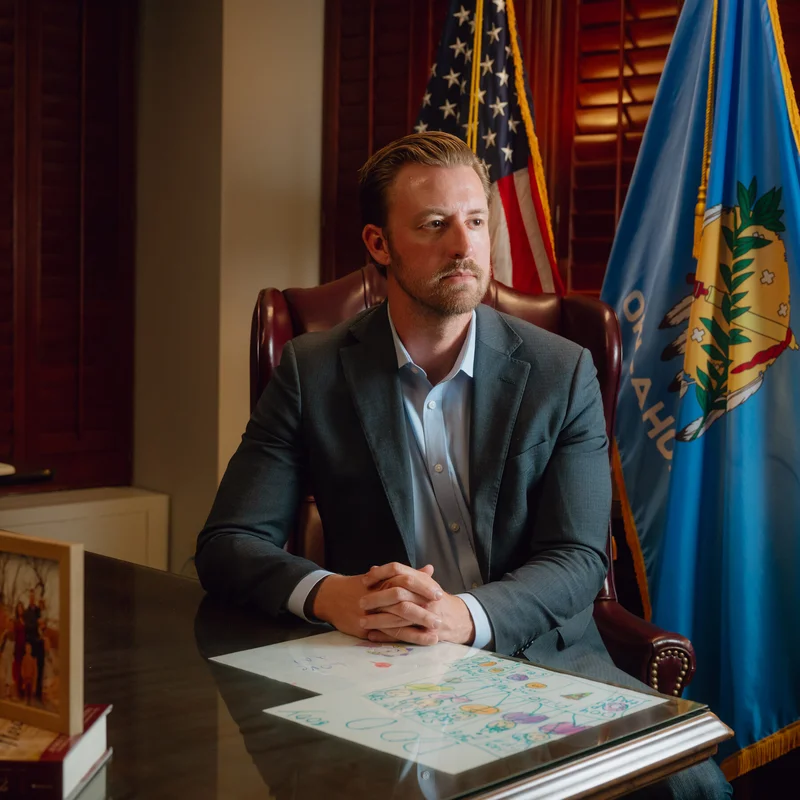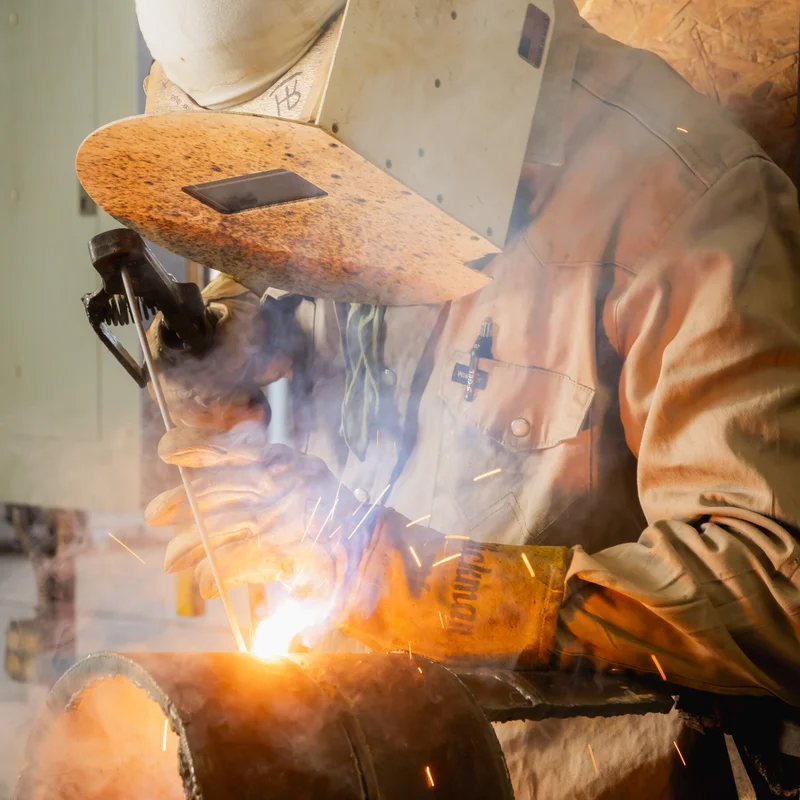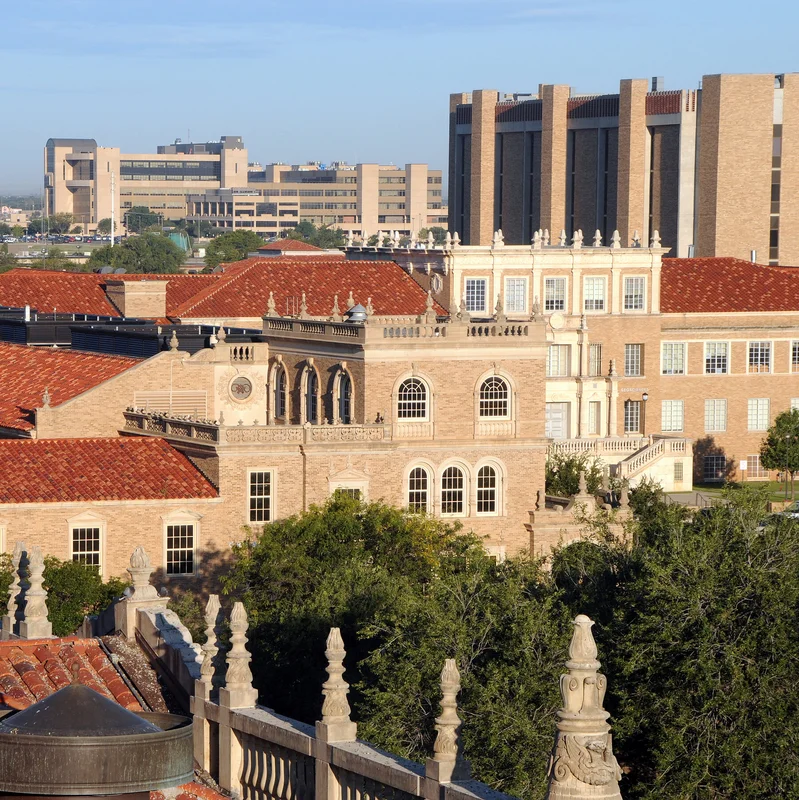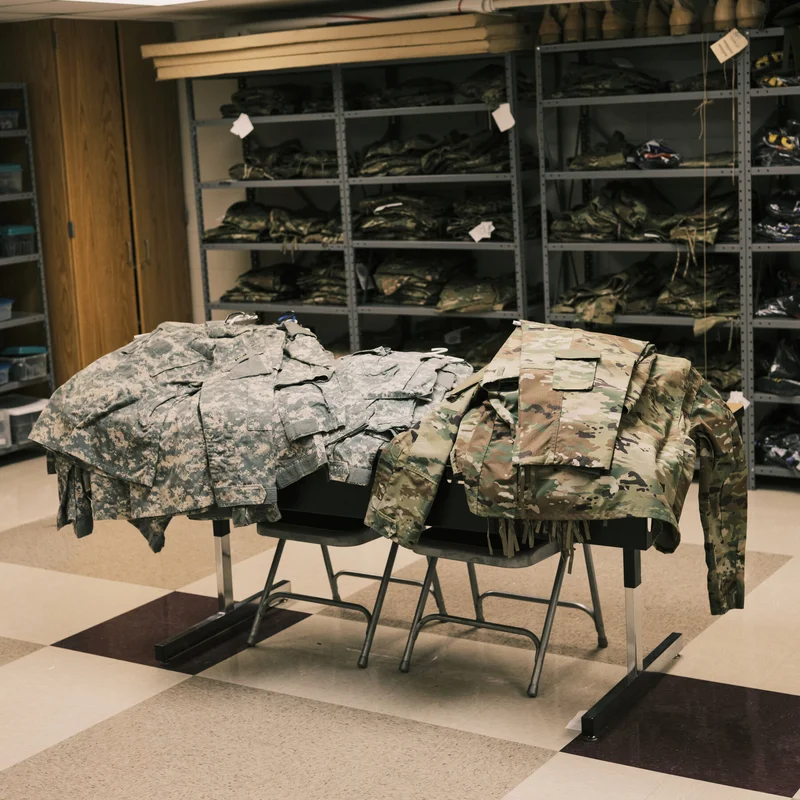After four years of construction, political scrutiny, and a high-profile architect scandal, the Princeton University Art Museum is finally reopening its doors to the public on October 31, 2025. The new 146,000-square-foot complex—nearly double the size of its predecessor—marks a bold new chapter for one of America’s most storied university art collections.
A Grand Rebirth for the Princeton University Art Museum
Nestled in the heart of Princeton, New Jersey, the museum’s new home is a striking ensemble of nine interlocking modernist pavilions. Designed to be “all fronts and no backs,” as museum director James Steward describes it, the building invites visitors from every direction and integrates seamlessly into campus life—just a 10-minute walk from every dorm and five minutes from downtown.
Inside, more than 5% of the museum’s 117,000-object collection is now on view—up from just 2% in the old facility—creating dynamic visual dialogues across cultures and centuries.
Architectural Vision—and Controversy
The building was originally designed by Adjaye Associates, led by celebrated Ghanaian-British architect David Adjaye. However, in 2023, allegations of sexual misconduct surfaced against Adjaye, who has denied the claims but stepped back from active oversight of the project and others, including the Studio Museum in Harlem.
“It would be a bit of a fiction to claim otherwise or sidestep it entirely,” Steward acknowledged, confirming that Adjaye was not invited to the opening despite his foundational role in the design.
Art That Speaks Across Time
The museum’s curators have embraced a “nonhierarchical” approach, placing ancient Roman mosaics alongside modern masterpieces like Andy Warhol’s Blue Marilyn—a painting acquired directly from Warhol’s studio in 1962 by MoMA founding director and Princeton alumnus Alfred H. Barr Jr.
Highlights include:
- A 40-foot-tall Nick Cave Soundsuit sculpture welcoming visitors at the north entrance.
- A newly commissioned mosaic wrapping the covered courtyard.
- Frank Stella’s vibrant 1958 abstract painting—created the year he graduated from Princeton.
- A stainless steel bust of George Washington by Mohawk artist Alan Michelson, titled Hanödaga:yas (Town Destroyer): Reflect, offering a critical counterpoint to the university’s historic Washington portrait.
Major Donations Fuel Ambitious Vision
The reopening is accompanied by an unprecedented wave of alumni generosity. Among the most significant gifts is a promised collection of eight major abstract works by artists including Mark Rothko, Willem de Kooning, Joan Mitchell, and Gerhard Richter—donated by Preston H. Haskell (class of 1960), a longtime museum champion.
These contributions, along with dedicated endowments for future acquisitions, place Princeton in an “enviable financial position,” according to Steward—despite recent federal funding cuts and an increased endowment tax.
Inaugural Exhibitions Spotlight Legacy and Diversity
Two debut exhibitions anchor the reopening:
- “Toshiko Takaezu: Dialogues in Clay” celebrates the pioneering ceramicist and beloved Princeton professor, featuring works she personally selected for donation before her death in 2011.
- “Princeton Collects” showcases over 2,000 donated or promised works, illustrating the deep ties between the university and its global alumni network.
A Museum for Everyone
Steward’s vision extends beyond art connoisseurs. “We want a first-year engineering student—who may be indifferent or even actively dubious about the value of a museum experience—to feel welcome,” he said. Flexible spaces like the three-story grand hall, which doubles as a lounge or performance venue, are designed to encourage casual, everyday engagement.
With pre-pandemic attendance averaging 205,000 annually—and a location midway between New York and Philadelphia—the museum is poised to become a major cultural destination.
Sources
A Storied Art Collection at Princeton Gets a New Home, The New York Times, October 16, 2025.
